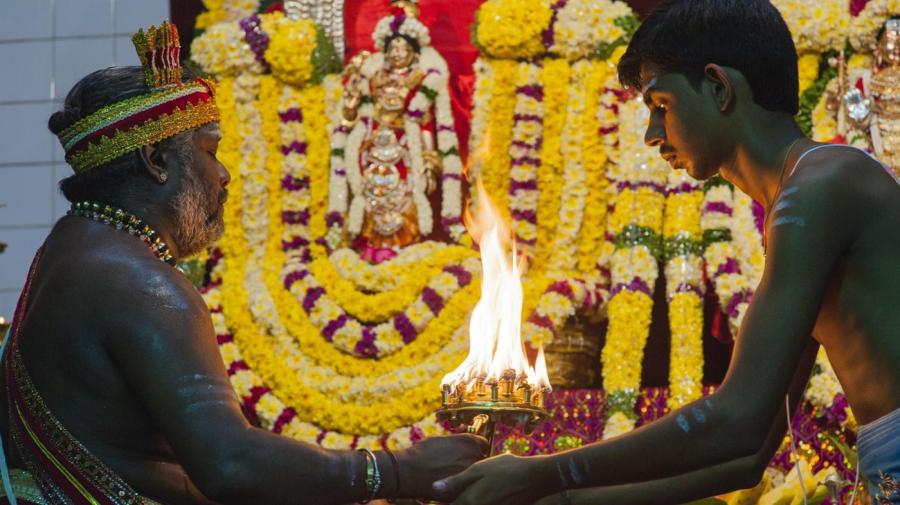How Has Hinduism Influenced the Social Structure in India?

Hinduism has influenced the social structure of Indian society through the caste system. Reincarnation is a core belief of Hinduism, and Hindu doctrine states that death could enter a person into a higher caste based on virtuous behavior. A person had little social mobility in India, and the only way to move ahead was through the next life.
Evidence indicates that the Hindu caste system is referenced in the Vedas, which are ancient scriptures that form the core of Hindu thought. The two highest castes are Brahmin, meaning priests, and Kshatriya, who are the warriors and nobility. The lower castes include the Vaisya, who are artisans and traders, and the Shudra, who make up the servant class.
Those who fell outside of the caste system, otherwise known as untouchables, carried out jobs such as removing animal remains or working with leather. There were thousands of castes and sub-castes throughout Indian society.
According to Hindu thought, someone from the Shudra class could become a Brahmin in the next life. Souls could also be reincarnated in the form of other animals, which is why many Hindus practice vegetarianism.
Marriage to a person from another caste was forbidden, and people married within their own caste. A Brahmin could give food to the poor, but a priest would be tainted if he accepted certain foods from someone below his social standing. Untouchables were considered so polluted that their presence would contaminate another caste member.





